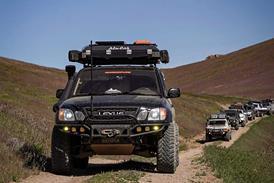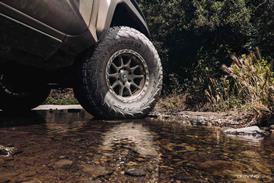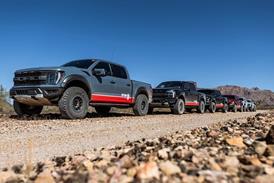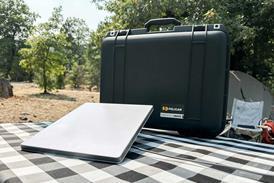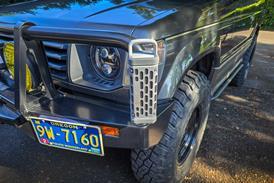Tire width matters more than you think, especially if you’re running stock wheels. While 12.50s have long been the default upgrade, a new contender is gaining ground: the 11.50-inch-wide tire. We’re breaking down why this slimmer option exists—and why choosing the right width is more important than ever.
Written by Ali Mansour of DrivingLine, the following story is provided in partnership with Nitto Tire USA. @NittoTire
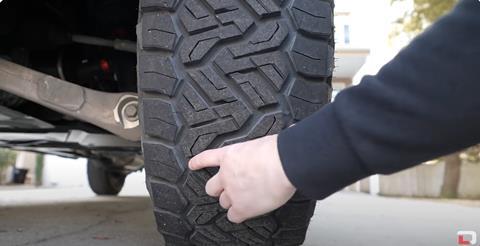
Why More Tire Brands Are Offering 11.50” Width Options
In recent years, more tire manufacturers have started offering 11.50-inch-wide tires alongside the traditional 12.50-inch options—especially in popular sizes like 35” and 37”. But why is this narrower width gaining traction in the market? We’ll use the Nitto Recon Grappler A/T as an example and explore how this subtle size change can make a noticeable difference, both on- and off-road.
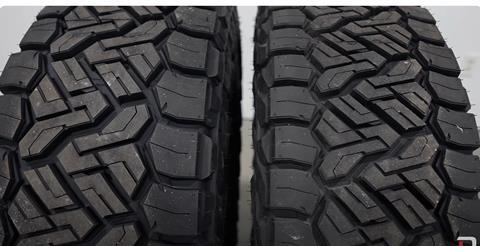
What’s the Point of an 11.50” Wide Tire?
The 11.50” wide tire is designed to fill a key void in the market—providing a better fit for factory wheels. Not everyone wants (or needs) to switch to aftermarket wheels, especially considering how expensive they’ve become. Many stock wheels are more than capable of supporting off-road tires, and staying with OEM wheels offers several benefits:
- Keeps the tires tucked under the vehicle to reduce road spray and sling
- Maintains the factory scrub radius, preserving the vehicle’s original steering characteristics
- Avoids the complications and costs associated with aftermarket wheel fitment
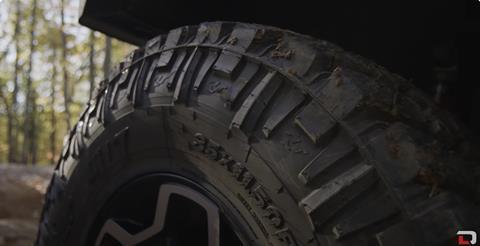
Why Not Just Use a 12.50 on a Narrow Wheel?
You can run a 12.50-inch-wide tire on a narrower (e.g. 7-inch wide) wheel, but it’s far from ideal. Here’s why:
- Crowning Effect: The tire can bulge in the middle, reducing the contact patch.
- Lower Air Pressure Required: To maintain traction, many drivers lower air pressure, which can:
- Reduce load capacity
- Compromise handling and steering feel
- Decrease overall performance and stability, especially on heavier trucks
These issues have prompted tire manufacturers to offer a properly sized 11.50” wide option—one that maintains performance without forcing compromises.
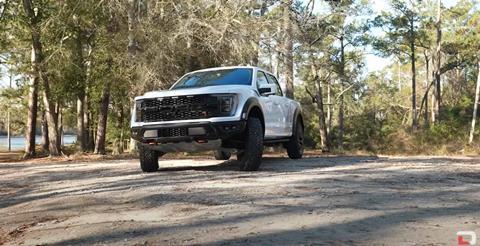
Real-World Test: 11.50 vs. 12.50 on a Ford Raptor R
Over the past year, I’ve been running 37x12.50R17 Nitto Recon Grappler A/Ts on my 2023 Ford F-150 Raptor R. While I love the aggressive look and performance, one ongoing complaint was the heavy steering feel, especially noticeable on the highway.
Curious to see if downsizing to a 37x11.50R17 would make a difference, I made the switch.
What Changed?
- The 11.50” tire was 5 pounds lighter than the 12.50” version
- That reduced rotational mass noticeably improved steering responsiveness
- While the steering is still heavier than I’d like, the change was definitely a step in the right direction
The narrower tire made the truck feel lighter and more nimble—especially in everyday driving conditions.
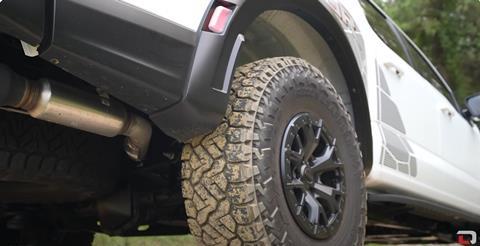
How Did It Perform Off-Road?
To test beach performance, I headed out to the North Carolina coast with the new setup—running full street pressure (38 PSI) for a worst-case scenario.
Results:
- No digging or slippage, even in soft, chewed-up sand
- Zero need to air down, which is impressive for a 6,000+ lb truck
- Performed just as well as the 12.50s, with maybe slightly less floatation—but not enough to worry about
Despite the common belief that wider tires are better for sand, the 11.50s held their own. For my type of off-roading (gravel, sand, beach, back roads), the change made sense.

Sizing, Specs & Wheel Compatibility
It’s crucial to stay within tire manufacturer recommendations when mounting tires on wheels.
- 37x11.50R17 Recon Grappler: Approved wheel width = 7.5”–10”
- 37x12.50R17 Recon Grappler: Approved wheel width = 8.5”–10.5”
Since my Raptor’s stock wheels are 17x8.5”, they fall perfectly within spec for both tires. And visually? Despite the measurable 1.25” width difference, both tires look nearly identical under the truck.

Conclusion: Is 11.50 the Right Choice for You?
If you’re looking to upgrade to a taller tire while keeping your factory wheels:
- The 11.50” width is a fantastic middle ground
- You maintain optimal performance without compromising safety or specs
- Steering feel, tire balance, and real-world usability all benefit
In speaking with my local off-road shop, Low Range 4x4 in Wilmington, NC, they recommend the 11.50” tire to many customers for its compatibility, clearance, and ease of use.
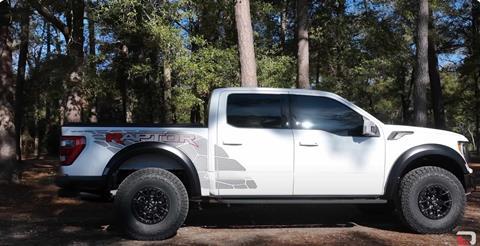
Final Thoughts
While my motivation for switching to an 11.50” tire was a bit specific, the benefits are widely applicable—especially for those who want to avoid the expense and hassle of aftermarket wheels. Whether you’re driving a half-ton or a one-ton truck, this tire size might be exactly what you didn’t know you needed.
This story was provided in partnership with Nitto Tire USA.
Access More Great Stories!
For more informative articles like this, consider subscribing to OVR Magazine in print or digital versions here. You can also find the print edition of OVR at your local newsstand by using our Magazine Finder.


